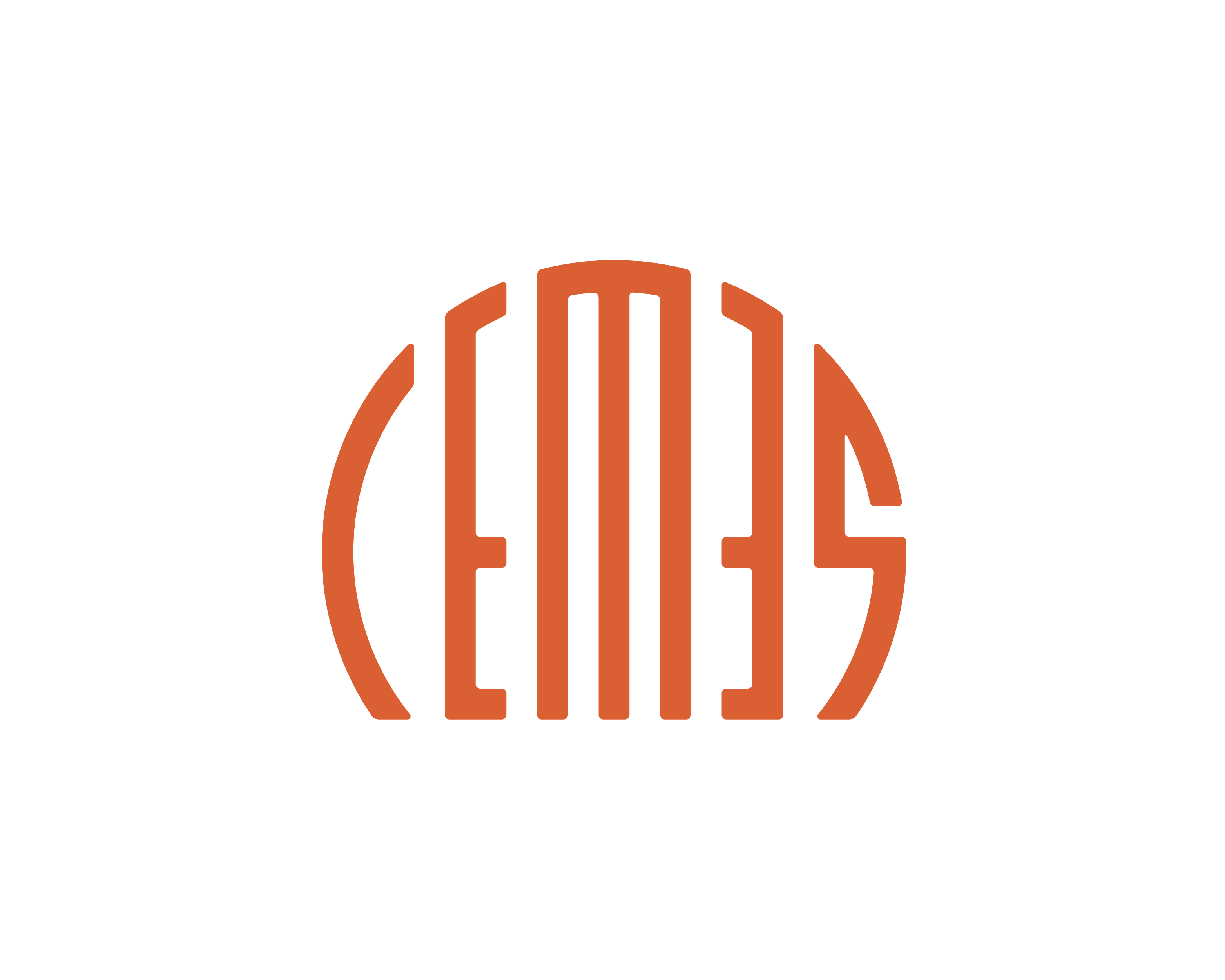Scanning tunneling microscopy and local electric field
NANOSCIENCE

Lab: CEMES
Duration: NanoX master Internship (8 months part-time in-lab immersion)
5 months full-time internship
6 months full-time internship
Latest starting date: 01/02/2022
Localisation: CEMES-CNRS,
29 rue Jeanne Marvig,
31055 Toulouse
Supervisors:
Xavier BOUJU, Dr xavier.bouju@cemes.fr
Work package:
The scanning tunneling microscope (STM) provides remarkable images of surfaces, with or without
adsorbates, at the atomic scale. The STM probe also offers the possibility of manipulating individual atoms
or molecules. Understanding the underlying physical mechanisms, that is, the interactions between the
STM tip and the sample, has resulted in various manipulation methods. One implies the electric field inside
the STM junction [1] due to a bias voltage between the probe and the substrate. Diffusion or desorption
of molecules on surfaces can be induced by this local electric field.
This electric field under the STM tip has a spatial extent determined by the size of the tip apex (typically a
few tens of nanometers in diameter). Depending on the polarization voltage and the tip-to-surface
distance, the electric field strength can be adjusted. More precisely, there are two mechanisms to explain
the forces induced by the electric field. First, diffusion is triggered by the interaction between the
inhomogeneous electric field near the tip apex and a local dipole moment induced in the adsorbate. This
is the so-called induction force, which is a function of the multipolar polarizability of the adsorbate. The
force is always attractive and has the direction of the electric field gradient (independent of the sign of the
polarization voltage). The second mechanism involves charged atoms or molecules or molecular
adsorbates having a static dipole moment. Here, charge transfer between the substrate and the adsorbate
can cause such a dipole or if the molecular adsorbate exhibits a permanent dipole. We will consider the
latter case with molecules specifically designed for the second edition of the NanoCar Race in 2021.
Depending on the polarity of the electric field and its gradient, the force is either repulsive or attractive
towards the tip.
The calculation of the field requires special attention because of the reduced geometry of the junction.
Likewise, confinement effects are at work for the van der Waals-type interaction forces between the tip
and the adsorbed molecule. The purpose of this internship will be to tackle this problem from theoretical
and numerical aspects. The internship can therefore be developed in two stages. First of all, the student
will be familiarized with existing calculation tools in the form of STM image simulations. Then, and this will
constitute the heart of the internship, the confinement effects of the electric field and of the van der Waals
forces will be carried out by the development of an adapted analytical method (in the form of field
propagators) before code implementation to study the controlled manipulation of adsorbates by enhanced
field effect.
The candidate will be able to acquire skills in computer numerical simulation and in surface physics during
this internship.
References:
[1] Recent advances in submolecular resolution with scanning probe microscopy, L. Gross, Nature Chemistry 3, 273 (2011).
[2] Design and Characterization of an Electrically Powered Single Molecule on Gold, R. Pawlak et al., ACS Nano 11, 9830 (2017).
[3] http://nanocar-race.cnrs.fr/ and for 2021 https://www.memo-project.eu/flatCMS/index.php/Nanocar-Race-II
Areas of expertise:
Surface science – STM – Manipulation – Calculation – Simulation — Electric field
Required skills for the internship:
Fortran — Condensed matter physics
